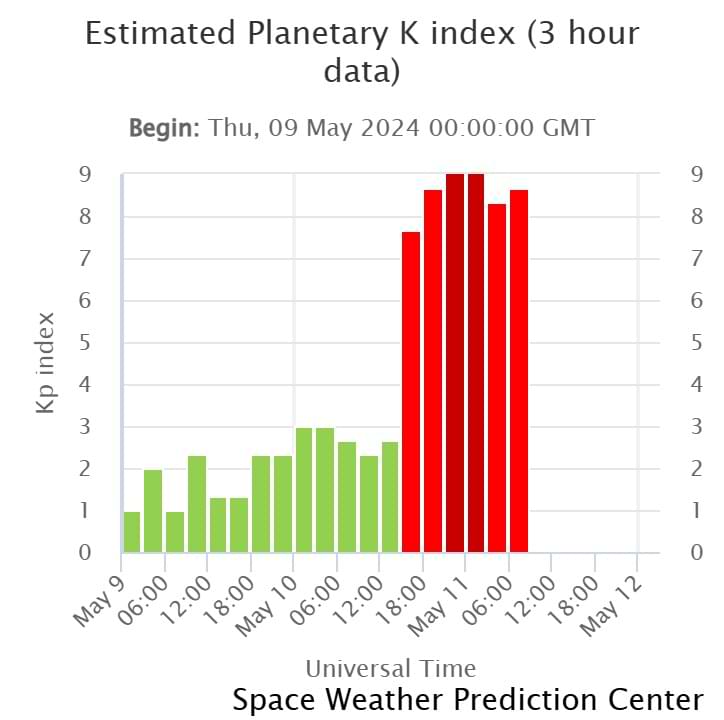Our planet is currently experiencing an intense solar storm, one of the strongest in recent times. Solar storms occur when the sun releases a large burst of energy in the form of solar flares and coronal mass ejections (CMEs). These events send a surge of charged particles and electromagnetic radiation towards Earth, potentially impacting our technology and communication systems.
One such system that could be affected by this extreme solar storm is Starlink, the satellite internet service provided by SpaceX. Elon Musk, the CEO of SpaceX, recently tweeted:

“Major geomagnetic solar storm happening right now. Biggest in a long time. Starlink satellites are under a lot of pressure, but holding up so far.”
But what exactly does this mean for Starlink users? In simple terms, the charged particles from the solar storm can interfere with the satellites’ electronic components and disrupt their communication with ground stations. This interference can lead to slower internet speeds, increased latency, or even temporary outages.
However, it appears that Starlink has been resilient during this extreme solar storm. Users have reported minimal differences in internet speeds compared to normal days without such solar activity. While the Starlink app currently displays a warning about “degraded service”, this seems to be a precautionary measure to manage user expectations and prevent an influx of support tickets should the solar storm have a more significant impact on the service.
It’s important to note that Starlink’s engineers have designed the satellites to withstand the harsh conditions of space, including the effects of solar storms. The satellites are equipped with protective shielding and have the ability to adjust their orientation to minimize the impact of charged particles on their electronics.
As the solar storm continues, Starlink users can rest assured that the company is closely monitoring the situation and working to ensure that any disruptions to the service are minimal.
While extreme solar storms can be a cause for concern, it’s reassuring to see that cutting-edge technology like Starlink is holding up well under the pressure. As we continue to rely more on satellite-based services for our daily lives, the resilience of these systems in the face of space weather will become increasingly important.

 DEUTSCH
DEUTSCH
